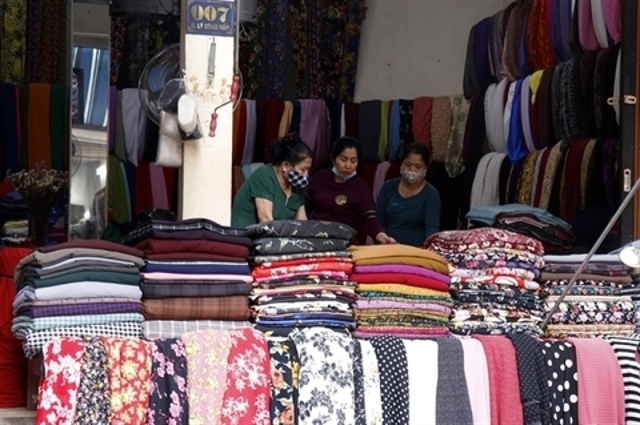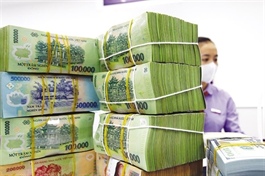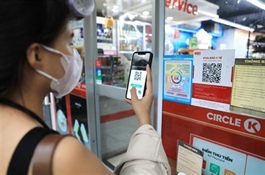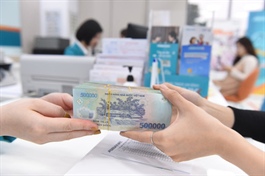Issuance of criteria for “made-in-Vietnam” products stuck for years
Issuance of criteria for “made-in-Vietnam” products stuck for years
Regulations on criteria for “made-in-Vietnam” products have not been issued since the Ministry of Industry and Trade’s proposal five years ago due to difficulties in origin traceability and worries over the burden of compliance costs on enterprises, the ministry said.

Made-in-Vietnam rice on the shelves of a supermarket in France. There have been no regulations for products identified as "made-in-Vietnam" in the domestic market. — VNA/VNS Photo Nguyễn Thu Hà |
There have been no regulations on criteria on which producers could identify and indicate on the packaging as “products of Việt Nam” or “made-in-Vietnam” for products circulated on the domestic market.
The ministry proposed the Government allow the development of regulations on criteria for “made-in-Vietnam” in 2018 after the case of a domestic electronics producer accused of importing products from China and reselling them in the domestic market under its brand name. Việt Nam had no grounds for handling such cases.
In a recent report to the National Assembly’s Standing Committee, the ministry pointed out a number of roadblocks which caused delays in the issuance of regulations on criteria for “made-in-Vietnam” products.
During the past five years, the ministry received just 16 documents from enterprises asking for guidance on determining whether their goods were allowed to be labelled as “made-in-Vietnam” or not.
Currently, the labelling of products is regulated by Decree 111, taking effect on February 15, 2022, about rules on the labelling of goods.
With the issuance of Decree 111, the regulations on criteria for “made-in-Vietnam” products would focus only on providing a set of origin criteria to determine whether the products were “made-in-Vietnam”.
Under Decree 111, product origin was mandatory information on the label, which meant that, if the regulation about criteria for “made-in-Vietnam” was issued, every single product which was produced in Việt Nam must comply.
The problem was that it remained difficult and costly to determine the origins of each component and raw material, the ministry said, adding that this would cause a burden on enterprises in terms of compliance costs, especially those of small sizes and business households.
The ministry said that in the context of a struggling economy, it would not be appropriate to issue new regulations which cause a burden on enterprises, adding the ministry said that it would work with relevant ministries on the issuance at the most appropriate point in time to limit the impacts on production and business.
Under a draft circular about product origin, the ministry made public earlier this month, a product was considered “made-in-Vietnam” if it had pure origin or was produced entirely in Việt Nam, such as plants and products from plants.
A product of non-pure origin or not fully produced in Việt Nam but undergoing final processing would be considered “made-in-Vietnam” if it met the requirements for conversion of commodity codes (HS codes) and value-added content.


























